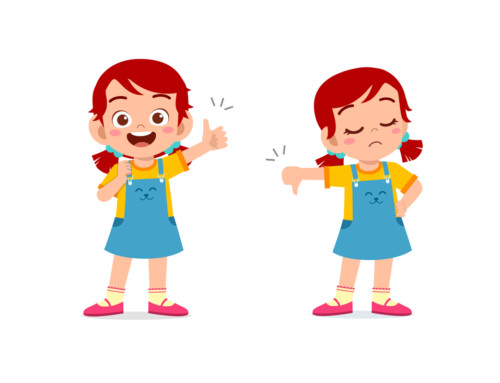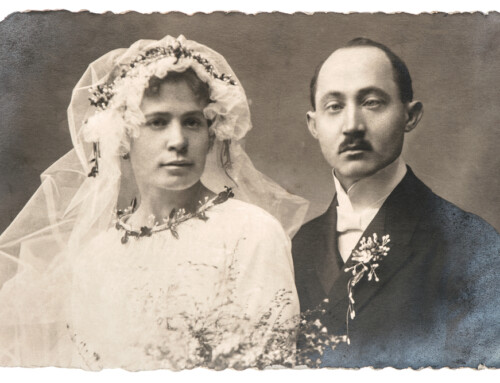{3:48 minutes to read} Divorce presents a multitude of challenges when it comes to the valuation and equitable  distribution of an existing business, not the least of which is a business dealing in fine arts. For the purpose of this article, we shall define fine arts as paintings, sculptures, drawings, watercolors and graphics.
distribution of an existing business, not the least of which is a business dealing in fine arts. For the purpose of this article, we shall define fine arts as paintings, sculptures, drawings, watercolors and graphics.
Depending on the type of business, one may look at many different factors including:
- Earnings;
- Cash-flow analysis;
- Competition;
- Whether it’s a service;
- The value of the assets/inventory, if applicable.
A fine arts dealer’s business may own a large inventory of art works purchased with the hope that, with time, one could sell them at a profit.
Figuring out the value of art works definitely requires expertise in the field. I once had my own business as an art dealer which is why, as a divorce mediator and a former art dealer, I believe that I am in the very best position to help those families whose assets may be heavily invested in art.
Unlike some assets—publicly traded stocks, for example—artworks are not “liquid” and cannot be cashed out within a day or two. The valuation is further complicated by various factors, such as:
- Marketing: Art dealers and auction houses can affect prices by promoting certain artists;
- What’s trending;
- The discovery of new artists; and
- Strong foreign buying power and cultural preferences can drive the values of some artists up or down.
Prices can be established by:
- Looking at similar works sold at public auctions;
- Getting information from art galleries or private art dealers, who may represent the artists and/or have experience in selling works by those artists; and/or
- Contacting certified appraisers.
A Word on Appraisals
Every piece of art is unique, which makes appraising a single work, or a collection, quite challenging. To further complicate the process, appraisals can be done with different intents. For example, if a work or collection is being appraised for immediate sale or for estate valuation, it may not be valued at its insurance level.
Equitable Distribution of an Art Business or Art Collection
Once we have come up with a valuation, how do we compensate the other spouse?
- There may be no cash available to give to the other spouse.
- If we give a share of the art works, we lose some of the inventory that allows us to run the business.
- Do we agree to give the spouse a share of the price based on the actual sale price at the time of sale? A painting may remain in our inventory for 2 years or 10 years or forever. And what happens if we never sell it?
In an ever-changing landscape, the art market presents us with a multitude of challenges when it comes to valuation. In mediation, we can brainstorm together in order to find the best way possible to a fair agreement.
Give me a call if you need help!
Jennifer Safian
divorce and family mediation
upper east side of manhattan (nyc)
new york, ny
(917) 881 5206
jpsafian@gmail.com
Latest posts by Jennifer Safian (see all)
- coping with divorce guilt - April 17, 2024
- does not reaching an agreement mean the mediation process failed? - March 27, 2024
- should I tell my children’s school that we are getting a divorce? - March 13, 2024





Leave A Comment